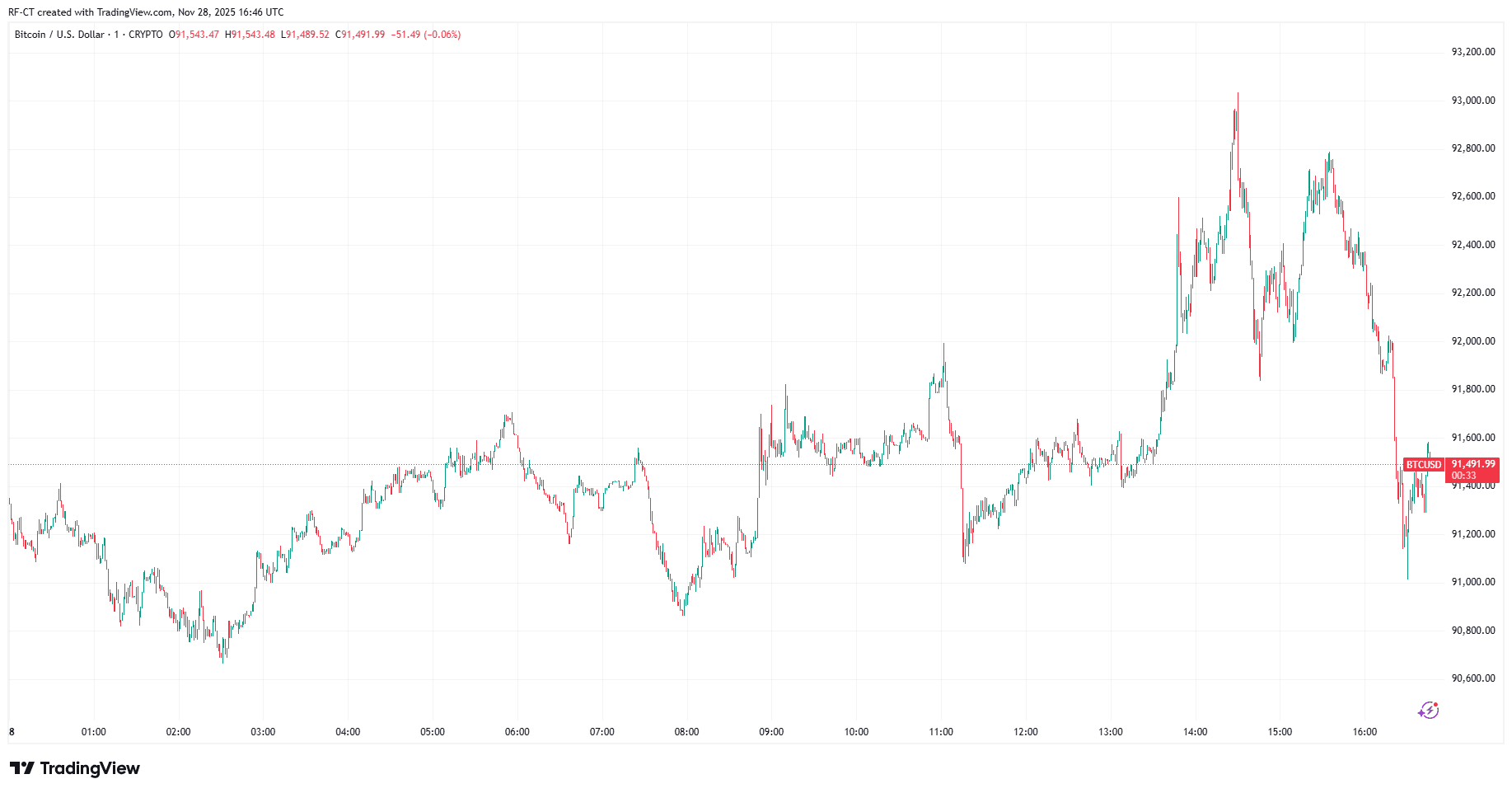Hyperliquid’s interest-earning USDH poses a challenge to USDC’s dominance among stablecoins
- Hyperliquid launches USDH stablecoin to recapture $220M+ annual yields from $5.6B USDC deposits, redirecting earnings to HYPE buybacks and ecosystem funds. - USDH's yield-bearing design contrasts with Circle's USDC, offering competitive edge in DeFi through 1:1 redeemability and U.S. Treasury-backed reserves via Native Markets. - FalconX custody support and 80% lower trading fees via HyperEVM aim to challenge USDC/USDT dominance while reducing censorship risks and enhancing platform resilience. - 45% HYP

Hyperliquid has introduced the HYPE/USDH spot pair, representing a major milestone in its plan to generate and retain value within its own network. USDH, the platform’s proprietary stablecoin pegged to the US dollar, is designed to reclaim more than $220 million in annual Treasury yield that previously went to third-party issuers such as
USDH sets itself apart by offering yield to holders, unlike Circle’s USDC, which is restricted by U.S. law from paying interest. This feature gives USDH a competitive advantage in the DeFi space, where yield is a key factor for liquidity. Native Markets’ plan to split reserve yields equally between HYPE buybacks and ecosystem growth demonstrates a strong alignment between the issuer and Hyperliquid’s community. Although Paxos,
Hyperliquid’s introduction of USDH signals a broader trend among stablecoin projects to take greater control over their financial frameworks. The stablecoin’s integration with Hyperliquid’s HyperEVM
The rollout of USDH also heightens the rivalry with USDC and
For HYPE holders, the USDH debut brings both potential benefits and uncertainties. The proposal to cut supply by 45%—burning 421 million tokens—aims to offset the $12 billion in scheduled token unlocks over the next two years. While this could increase scarcity, it also raises questions about how it will affect incentives and token allocation within the ecosystem. This tension is reflected in current market trends, with HYPE trading between $47 and $49 in July 2025, a significant rise from $3.81 in November 2024. Major investors, including Arthur Hayes’ Maelstrom Fund, are closely watching large holder activity and the platform’s ability to maintain its 70% dominance in DeFi perpetuals trading.
Disclaimer: The content of this article solely reflects the author's opinion and does not represent the platform in any capacity. This article is not intended to serve as a reference for making investment decisions.
You may also like
Do Kwon Asks Court for 5-Year Prison Cap in Terra Fraud Case
BTC Black Friday: Bitcoin Pumps to $93,000 Before Sharp Pullback

Harmonizing Progress, Earnings, and Environmental Responsibility: Redefining the Modern Corporate Sustainability Formula
- Global corporations are embedding sustainability into operations to meet environmental goals, driven by regulations and investor demands. - HP Inc. and Tesla highlight AI integration and EV cost savings as strategies to balance profitability with carbon reduction. - Energy firms like Eco Wave Power and Core Scientific are advancing renewables and energy-efficient infrastructure amid decarbonization trends. - Challenges persist, including economic pressures and regulatory hurdles, but innovations in finan

Bitcoin Updates: Derivatives Market Confidence Faces Off Against ETF Outflows—Will Bitcoin Reach New All-Time Highs?
- Bitcoin surged to $126,296 in October 2025 via ETF inflows but retreated to $80k amid waning institutional demand and higher rates. - Derivatives activity shows 40x YTD open interest growth, with traders betting on a $120k rebound if $83.5k support holds. - Technical indicators remain mixed: price below 50-day MA and thin order books risk further volatility, but OTC accumulation persists. - Fed policy and ETF flows will determine Bitcoin's path—stabilization near $83.5k or a test of 2025 highs—amid signi
